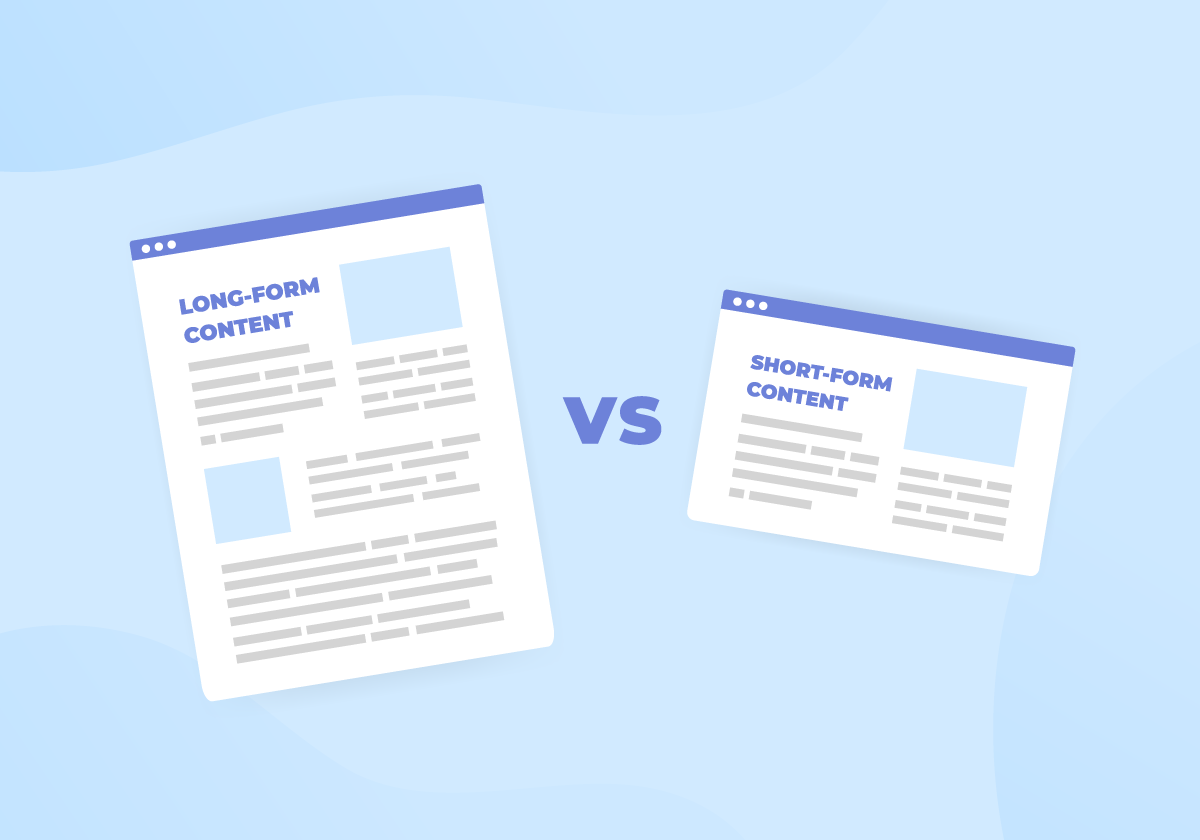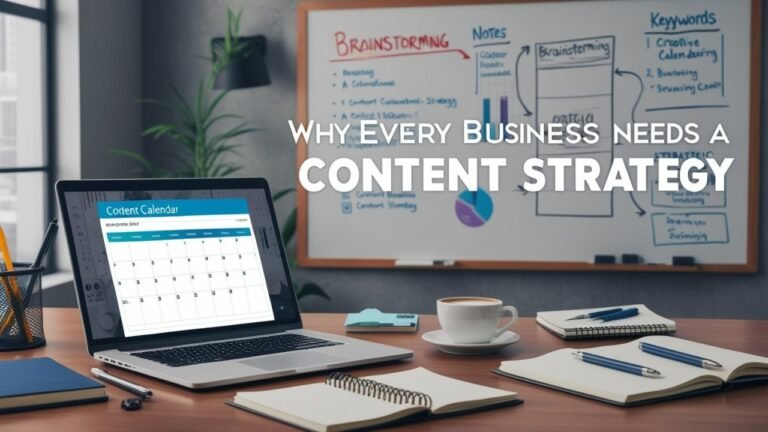Long Form vs Short Form Content: Choosing the Right Format
Choosing between long-form vs short-form content is one of the biggest challenges for brands today. With social media platforms pushing quick, engaging short form videos and blog posts dominating search engines, it’s hard to know where to focus your efforts.
Short form content—like TikTok videos, YouTube Shorts, and Instagram Stories—is designed for mobile users who want quick answers and instant entertainment. It’s fast, snappy, and perfect for keeping your audience engaged.
On the flip side, long form content offers depth. Whether it’s a detailed blog post, a long form video, or even white papers, this format helps you tackle complex topics, build brand authority, and drive organic traffic to your site. So, which type of content fits your content strategy and marketing goals?
In this article, we’ll cover:
- The strengths and weaknesses of short form vs long form content.
- How to align content with your target audience.
- Real world examples and actionable tips to help you decide.
By the end, you’ll know exactly how to create a content marketing strategy that works for you. Let’s get into it!

Defining Short-Form Content
Short form content is quick, punchy, and to the point. It’s designed for mobile users and people scrolling through their favorite social media platforms looking for quick answers or entertainment.
Think of:
- TikTok videos under 60 seconds.
- YouTube Shorts and Instagram Stories that deliver concise, engaging visuals.
- Short blog posts under 500 words that answer a specific question fast.

The biggest strength of short form content is its ability to grab attention instantly. In a world where attention spans are shrinking, delivering concise messages can keep your audience engaged without overwhelming them.
Where Short Form Content Works Best:
- Social Media Platforms:
Platforms like TikTok, Instagram, and YouTube prioritize short, snackable video content that gets straight to the point. It’s perfect for increasing brand awareness and sparking quick interactions. - Mobile-Friendly Engagement:
With most users consuming content on mobile devices, short form pieces are easy to view, share, and digest. - Boosting Audience Engagement:
Short form videos and social media posts encourage users to like, comment, and share, increasing your overall reach.
Why Brands Love Short-Form Content
- It’s resource-friendly: Creating a 30-second video or a short blog post takes less time and effort compared to long-form.
- It drives quick results: The bite-sized format is perfect for achieving immediate conversion rates or building quick connections.
- It’s everywhere: Platforms like YouTube Shorts, Instagram Stories, and TikTok videos make short form the backbone of modern content marketing.
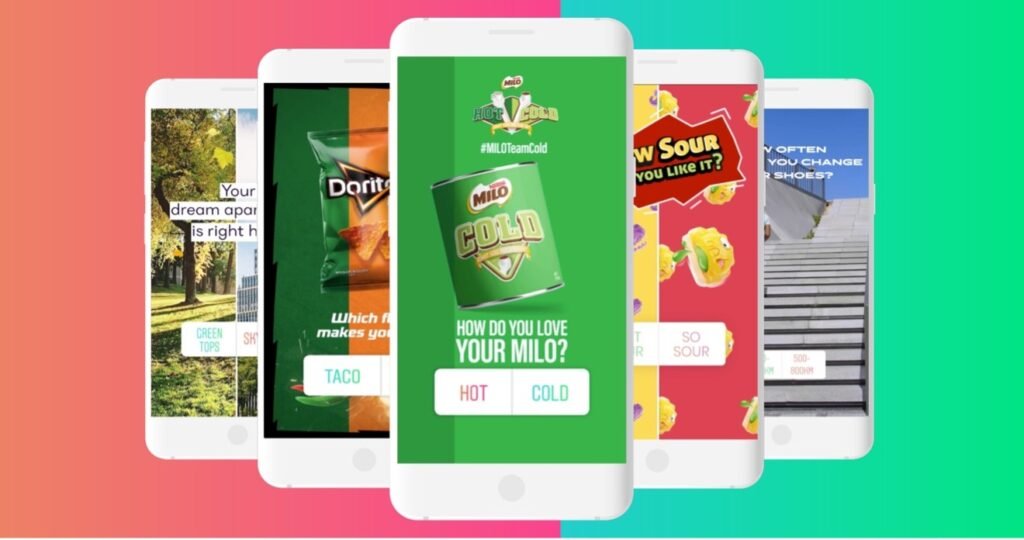
However, while short form content is great for fast engagement, it doesn’t always offer the depth needed to build long-term brand authority or address complex topics.
Defining Long-Form Content
Long form content dives deep. It’s detailed, informative, and perfect for tackling complex topics. Unlike short form content, which thrives on brevity, long-form is all about delivering in-depth information that provides more value to your audience.
What does long form content look like?
- Blog posts exceeding 1,200 words.
- Comprehensive white papers and guides.
- Long form videos such as tutorials, webinars, or explainer videos.
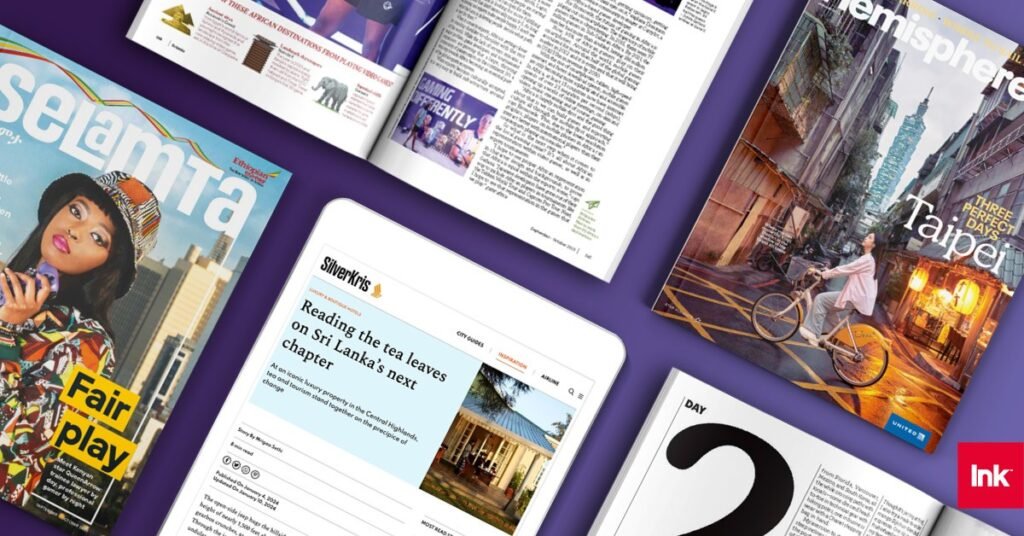
While short form videos capture quick attention, long form video content holds viewers’ focus longer, encouraging them to consume the entire video.
Where Long Form Content Shines
- Search Engine Rankings:
Search engines favor detailed, high-quality content. Longer blog posts allow you to target multiple keywords, provide valuable information, and answer a user’s search intent in full. - Building Brand Authority:
Long-form pieces establish you as a trusted expert. Whether it’s an in-depth guide, pillar pages, or a long form video, you’re showing that you understand the topic in depth. - Driving Organic Traffic:
Long-form articles and videos keep users on your site longer, improving metrics like dwell time and reducing bounce rates. Plus, long content tends to earn more backlinks, boosting your SEO further.
Why Brands Invest in Long-Form Content
- It offers depth: Long-form gives you the space to explore a complex topic and educate your audience.
- Evergreen potential: A well-written long form blog post can drive traffic for years.
- Higher conversion rates: By offering valuable insights, long-form content can guide readers toward making informed decisions—whether that’s subscribing, downloading, or purchasing.

Real-World Example
Let’s talk about HubSpot. Their longer articles often exceed 2,000 words and rank at the top of Google for competitive queries. By providing actionable tips and covering a topic in depth, they not only attract traffic but also position themselves as a leader in content marketing.
However, long form content can be resource intensive. Writing detailed blog posts or producing long form video content takes time, effort, and expertise. If it’s not engaging, you risk losing your reader before they reach the end.
Key Factors to Decide: Short-Form or Long-Form Content?
Now that you know the strengths of short form content and long form content, the next step is figuring out which format aligns with your content marketing strategy. The truth? It’s not about picking one over the other—it’s about knowing when to use each.
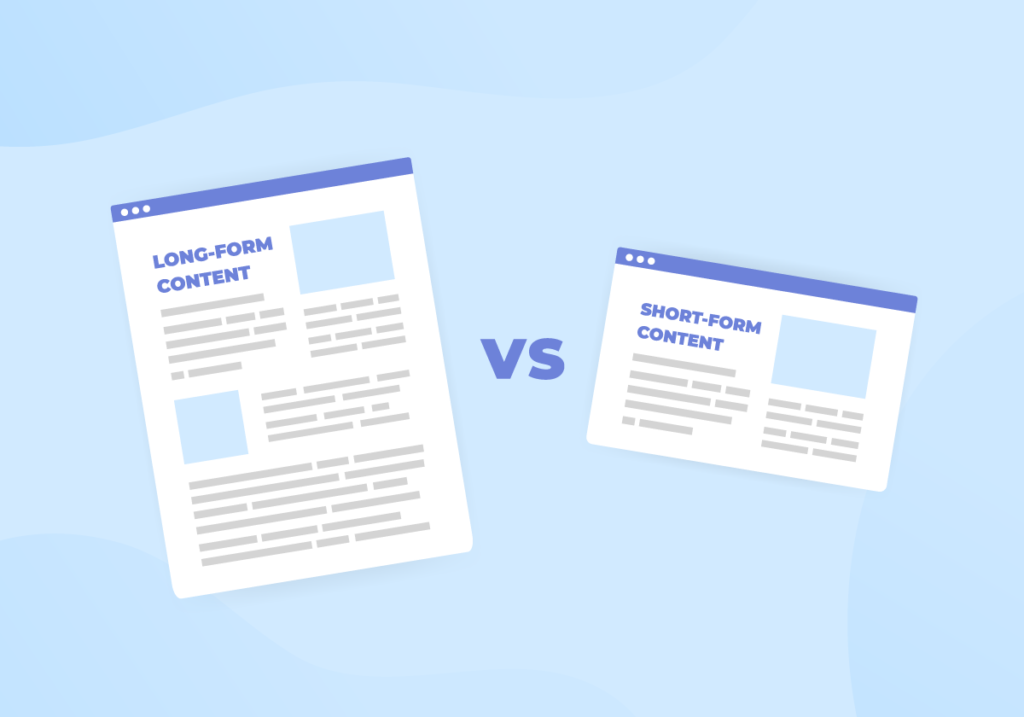
Here are multiple factors to help you decide:
1. Understand Your Target Audience
The first step in choosing between short form vs long form content is knowing your target audience.
- Are they mobile users scrolling quickly through social media platforms?
→ Go with short form videos and concise messages that are easy to consume. - Are they looking for in-depth information or solutions to complex topics?
→ Invest in long form blog posts and long form video content to provide value.
Example: A fitness brand might use quick TikTok videos to grab attention but create longer articles with detailed workout plans for serious readers.
2. Define Your Content Marketing Goals
Your marketing goals will heavily influence your choice of content.
- If your goal is building brand awareness or driving engagement quickly → Use short form content like Instagram Stories or YouTube Shorts.
- If you want to drive organic traffic, improve search engine rankings, and build brand authority → Focus on long form content like pillar pages or detailed guides.
Example: A SaaS company looking to rank on Google for competitive terms will prioritize long form content examples with actionable insights to dominate search results.
3. Match Content to Search Intent
If your audience is searching for quick answers, they’re likely looking for short form articles or short blog posts.
However, if they need a thorough understanding of a topic, you must create long form content that covers the topic in depth.
Tip: Use tools like Google Search Console to see what your audience is searching for and align your content with their search intent.
4. Platform and Format Matter
Where you publish your content determines the ideal length:
- Social media platforms like TikTok, Instagram, and Facebook thrive on short form video content and bite-sized posts.
- Websites and YouTube support long form videos and detailed articles that drive more value over time.
Example: An educational brand could post short YouTube Shorts to tease concepts but offer full-length in-depth tutorials on their channel.
5. Resource Availability
Creating long form content is often resource intensive. It takes more time, effort, and sometimes a bigger team to produce valuable information that ranks well.
On the other hand, short form pieces are quicker to create, making them ideal for fast-paced content calendars.
Pro Tip: If resources are tight, start with short form videos and posts, then repurpose them into longer formats later.
Choosing between short form and long form content comes down to your audience, goals, and resources.
When done right, both formats can complement each other in your content marketing strategy. Use short form for quick answers and engagement, and long form to deliver valuable insights and build long-term trust.
How to Balance Both: Combining Short-Form and Long-Form Content
Here’s the good news: you don’t have to choose between short form and long form content. The best brands use both formats together to create a comprehensive strategy that meets their audience’s needs at every level.
The secret? Repurposing content. By starting with one format and adapting it to others, you can get the best of both worlds. Here’s how:

1. Start with Long-Form Content
Long-form content—like detailed blog posts or long form videos—can act as the foundation of your strategy.
Here’s what to do:
- Write a 2,000-word pillar page or guide covering a complex topic.
- Pull out key sections or valuable insights to create short, snackable posts.
- Turn those insights into short form video content for social media platforms like TikTok or YouTube Shorts.
Example: Let’s say you create a long-form article on “Top 10 Digital Marketing Strategies for 2024.”
- Short form pieces: Use individual tips for Instagram Stories or LinkedIn posts.
- Short form videos: Create 60-second reels explaining each strategy.
- Quick answers: Pull quotes for a Twitter thread or carousel posts.
2. Expand Short-Form Content into Long-Form
If you’ve already created short form content, you can reverse-engineer it into longer formats.
- Take a successful TikTok video or Instagram Story and expand it into a long form blog post.
- Use viewer questions from short content to inspire in-depth tutorials or longer video content.
- Combine multiple short pieces into one cohesive guide that delivers in-depth information.
Example: A fitness coach creates daily short videos on exercises. After a month, they can turn those videos into a long form video content tutorial on “30 Days of Home Workouts” or a comprehensive guide.
3. Match Content Length to Platforms
Different platforms have different strengths:
- Use short form videos on TikTok, Instagram, and YouTube Shorts.
- Publish long form content on blogs, YouTube, and LinkedIn.
- Create short form articles and posts that drive traffic to your longer articles or videos.
4. Plan for Your Target Audience and Goals
Think about what your audience expects on each platform:
- For mobile users: Focus on short form content that delivers quick, concise messages.
- For audiences seeking more value: Provide detailed content that addresses search intent and delivers solutions.
By balancing both, you’re meeting your audience wherever they are.
Real-World Example of Balance
Let’s look at a brand like HubSpot.
- They create long-form guides (like “The Ultimate Guide to SEO”) that rank high in search engine rankings.
- They repurpose key points into short form videos for social media platforms, driving engagement and traffic back to the guide.
This strategy works because it delivers both quick answers and in-depth information, keeping their audience engaged across multiple platforms.
You don’t have to choose between short form vs long form content—you can use both. Start with one format, then repurpose it to fit different platforms and goals.
By balancing both, you’ll build brand authority, boost audience engagement, and create a content marketing strategy that delivers results.
Measuring Success
Evaluate the performance of your content to see what works best. Use tools like Google Analytics, Semrush, or social platform insights to track:
- Engagement metrics: Likes, shares, and comments for short form content.
- Conversion rates: How long form guides influence leads and sales.
- Search engine rankings: How well your content ranks for relevant queries.
A/B test different formats and adjust your marketing strategy based on real data.
Conclusion: The Winning Formula
When it comes to long-form vs short-form content, there’s no one-size-fits-all answer. The real winner depends on your target audience, marketing goals, and the platforms you’re using.
Short form content—like TikTok videos, YouTube Shorts, and quick blog posts—is perfect for grabbing attention, delivering quick answers, and boosting audience engagement. It’s a must-have for connecting with mobile users on social media platforms.
On the other hand, long form content—such as pillar pages, in-depth long form video content, and detailed white papers—is the way to go for building brand authority, improving search engine rankings, and providing more value over time.
The Winning Strategy: Use Both
To create a strong content marketing strategy, combine both formats:
- Use short form pieces to spark interest and drive traffic.
- Deliver longer articles and long form videos to provide depth and convert leads.
- Repurpose content to maximize results across social media platforms and your website.
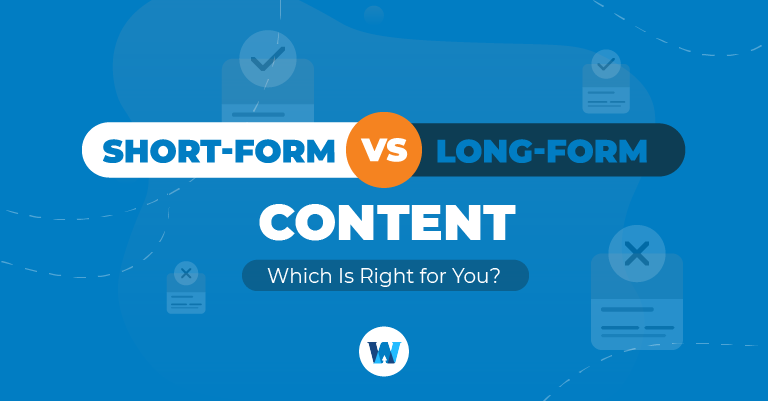
Key Takeaway
The most successful brands don’t choose between short form and long form content—they use both to meet their audience wherever they are.
Start with your marketing strategy:
- Know your target audience.
- Understand their needs and search intent.
- Balance short, engaging content with long, valuable information.
By combining the strengths of both formats, you’ll boost audience engagement, drive organic traffic, and achieve your marketing goals.
What’s Next? Start Crafting Your Perfect Content Mix
Now that you understand the strengths and uses of both short form content and long form content, it’s time to put your knowledge into action.
Here’s your quick action plan:
- Audit your current content: What’s performing well? Where do you have gaps?
- Set your marketing goals: Are you focusing on building brand awareness, improving search engine rankings, or driving quick engagement?
- Know your target audience: Determine where they spend time—social media platforms for short bursts or long reads for in-depth information.
- Balance both formats: Use short form videos and posts to attract, and long form content to convert.
Want to See Results? Let’s Get Started
If you’re ready to boost your content strategy, don’t wait. Start experimenting today!
Create:
- A short TikTok video to test engagement.
- A detailed guide to improve organic traffic and build brand authority.
- Repurpose your best-performing content across platforms for maximum reach.
The key is to take that first step and keep refining.
Have questions or need help creating content that works? Let us know in the comments below—we’d love to hear your thoughts!
Disclosure: Our blog contains affiliate links to products. We may receive a commission for purchases made through these links. However, this does not impact our reviews and comparisons. We try our best to keep things fair and balanced, in order to help you make the best choice for you.

